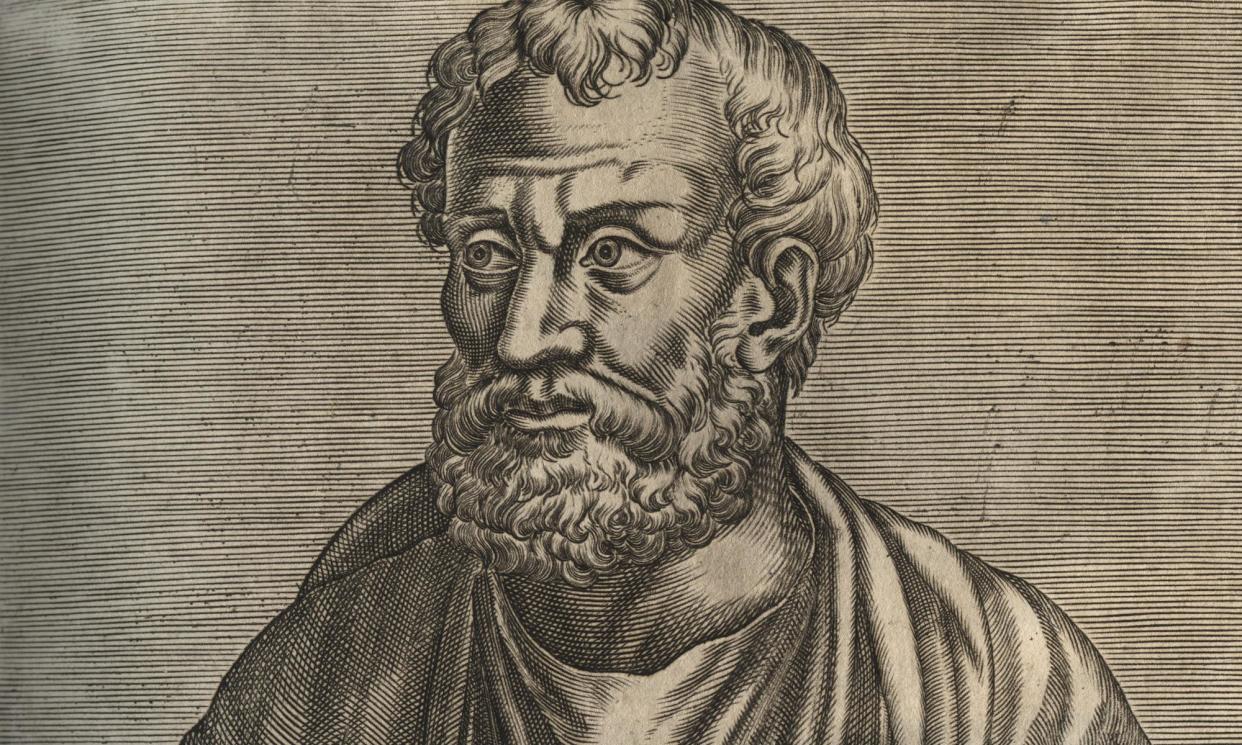The Greek philosopher who was perhaps the first weather forecaster

“A dry May and a leaking June” is one of many traditional weather sayings that can be traced back to a work by the Greek philosopher Theophrastus.
His book On Signs, written in the fourth century BC, was the first attempt to gather weather lore into a single volume. Aristotle created a theory of weather in his book Meteorology, but his successor attempted to give guidance on practical weather prediction, making him perhaps the first published weather forecaster.
One of Theophrastus’s principles was that weather divides into complementary halves so that one condition is typically followed by its opposite. Hence a wet winter precedes dry spring and a dry May goes before a wet June.
Theophrastus also recorded dozens of signs indicating wind, storms, rain and other conditions ahead. Some are fairly obvious, such as the observation that being surrounded by lightning means rain is imminent. Others are less so, such the flight of cranes being a predictor of fair weather.
Theophrastus rarely explains the supposed connections between signs and the weather they portend, and of course many of his signs are unreliable. But On Signs was sufficiently reliable that it took more than two millennia, until the 18th century, for meteorologists to develop better and more scientific methods than those laid down by the original forecaster.


